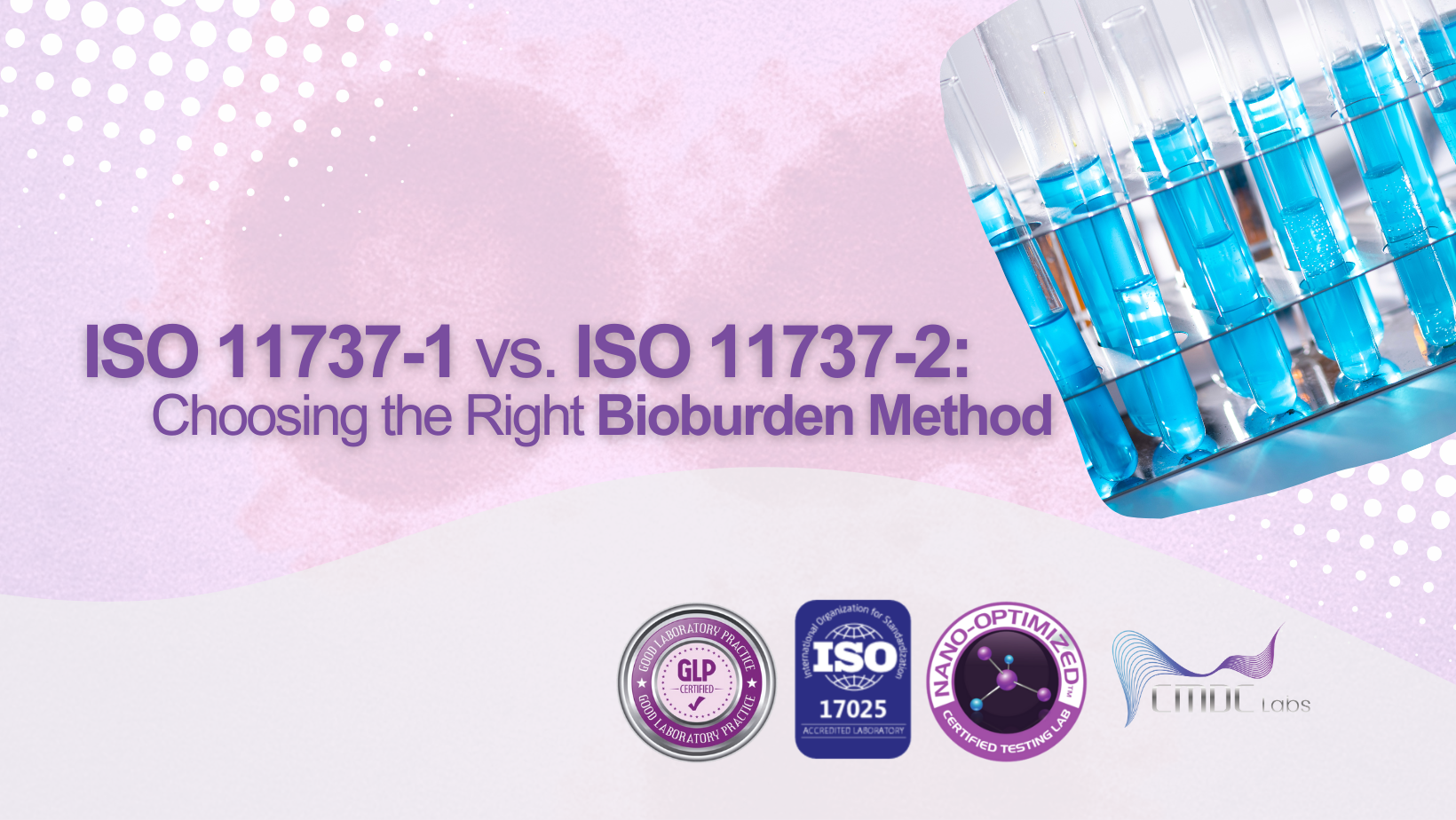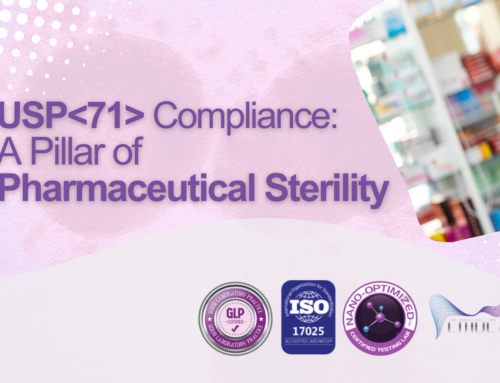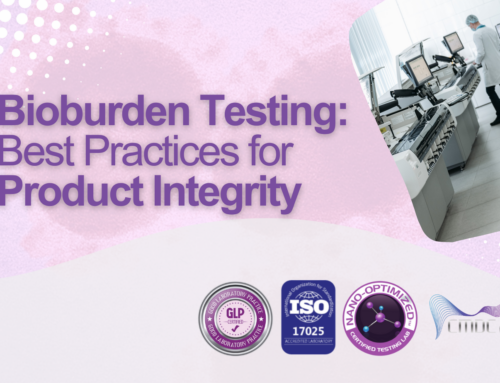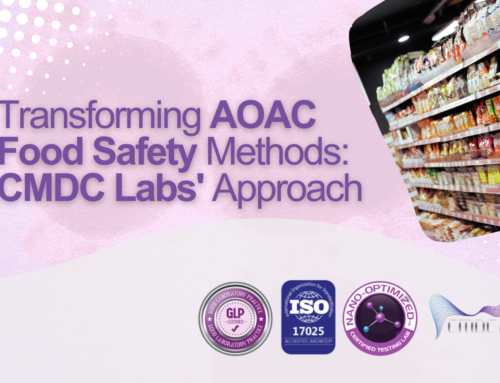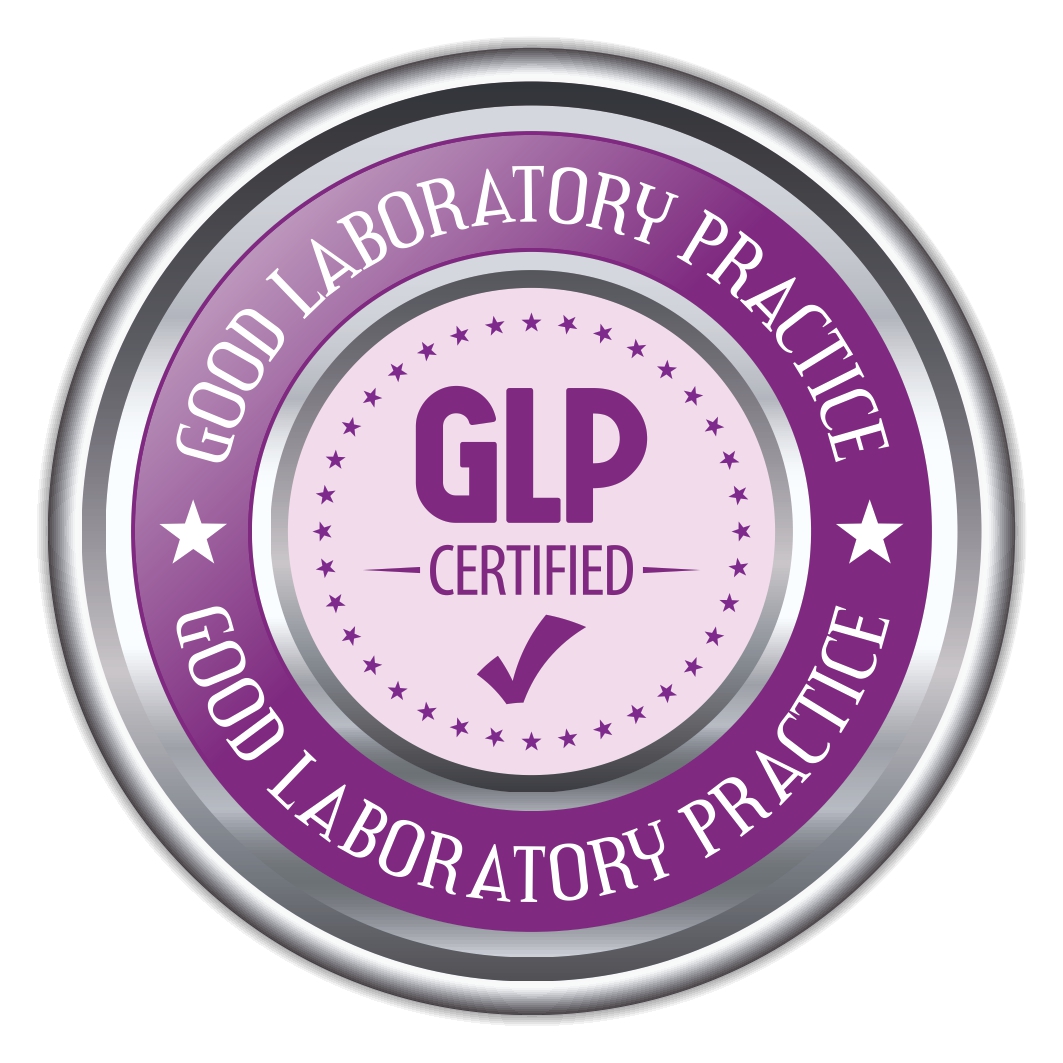In the realm of medical device manufacturing, ensuring product safety is paramount. Bioburden testing, a crucial component of quality control, determines the microbial contamination level on medical devices before sterilization. ISO standards provide guidelines for performing bioburden testing effectively. Among these, ISO 11737 series stands out, particularly ISO 11737-1 and ISO 11737-2, each offering distinct methodologies for bioburden assessment.
ISO 11737-1 and ISO 11737-2 delineate methodologies for quantifying bioburden levels on medical devices. Understanding the differences between these standards is imperative for manufacturers to select the most appropriate method for their specific needs.
ISO 11737-1 primarily focuses on the enumeration of microorganisms via the colony-forming unit (CFU) method. This standard outlines the procedure for direct inoculation of medical devices into culture media, followed by incubation and enumeration of resulting colonies. It provides comprehensive guidelines for sample preparation, incubation conditions, and interpretation of results.
On the other hand, ISO 11737-2 offers an alternative approach known as the membrane filtration method. This method involves filtering a liquid sample obtained from the device through a membrane filter, followed by incubation and enumeration of microbial colonies on the filter surface. ISO 11737-2 provides detailed instructions for sample preparation, filtration, and colony counting, offering a viable alternative to ISO 11737-1.
The choice between ISO 11737-1 and ISO 11737-2 depends on various factors, including the nature of the medical device, sample characteristics, and regulatory requirements. ISO 11737-1 is often preferred for devices that can be directly immersed in culture media, facilitating direct enumeration of adherent microorganisms. Conversely, ISO 11737-2 is suitable for devices that release bioburden into a liquid medium, allowing efficient recovery and enumeration of viable microorganisms.
When selecting the appropriate bioburden method, manufacturers must consider factors such as sample size, sensitivity, and ease of implementation. Additionally, compliance with regulatory standards, including ISO 13485 and FDA regulations, is essential to ensure the safety and efficacy of medical devices.
In conclusion, ISO 11737-1 and ISO 11737-2 offer distinct methodologies for bioburden testing, each with its advantages and limitations. By understanding the differences between these standards and evaluating their applicability to specific devices, manufacturers can make informed decisions to ensure the quality and safety of their products.

